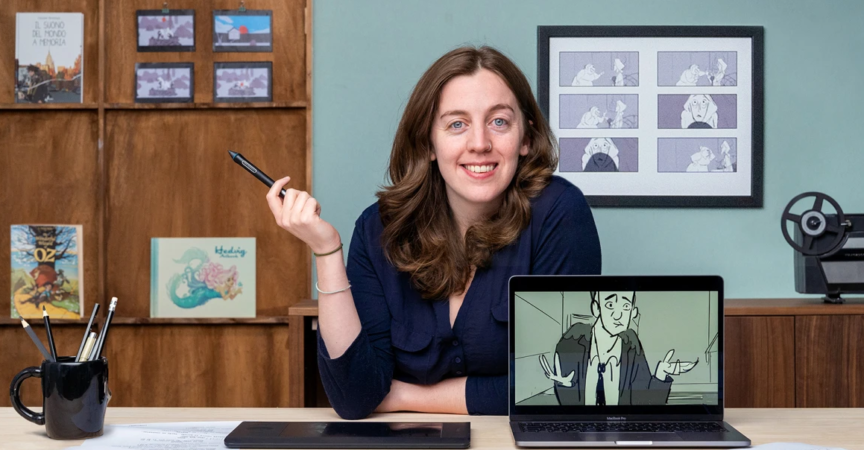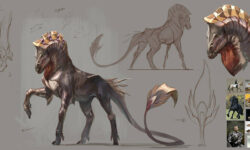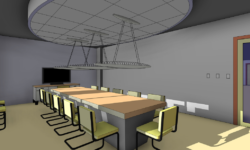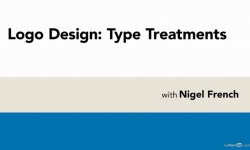Introduction to Storyboarding By Laura Ewing Ferrer
Release date:2021
Author:Laura Ewing Ferrer
Skill level:Beginner
Language:English
Exercise files:No
Learn how to translate a script into creative illustrations that tell a story
Discover how to tell your stories with creative and professional storyboarding by learning the fundamentals of visual storytelling. Award-winning storyboard artist and character designer Laura Ewing teaches her step-by-step method for creating a storyboard that captures the essence of a script with mood and power.
In Laura’s first course, she teaches her students how to create a character design for animation in Photoshop. In this course, learn to tell your story through a lens, using cinematographic techniques and professional storyboarding methods. Are you ready to dive into storyboarding?

Meet Laura, who tells you about her professional journey and the decisions she made to get to where she is today. Discover the artists that have influenced her style and inspire her every day, before finding out what Laura will cover in the course.
Delve into the world of storyboarding by understanding why there is a need for storyboards. Discover the different types of camera shots and learn about framing and composition.
Learn about the rule of thirds for storyboards, see how to work with an axis line, and analyze the clip of an animated movie to understand how it was constructed. Learn how to create depth by going through perspective theory applied to storyboarding.
See Laura’s process for storyboarding in the fourth unit, starting with how she builds ideas while reading and analyzing a scene. Create your thumbnails and story sketches with Laura’s guidelines and examples. Tackle your final panels by tieing up all your preparation and research together.
Learn how to present your work in the final unit of the course. Start by seeing the best way to communicate your storyboard to others. Laura then shares her insights and experience in dealing with clients and tells you which questions to ask for effective results. Finally, see Laura’s portfolio and get expert tips on how to present your work professionally.





 Channel
Channel






Please upload the course digital character design : draw protagonists with personality by Joel santana
hey could you get these?
https://www.domestika.org/en/courses/258-design-of-kawaii-style-characters
https://class101.co/products/skyee?_pos=2&_sid=4e92e82c3&_ss=r
Thank for all ❤️❤️❤️